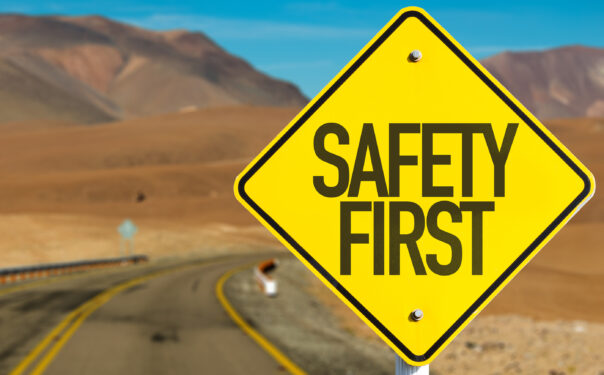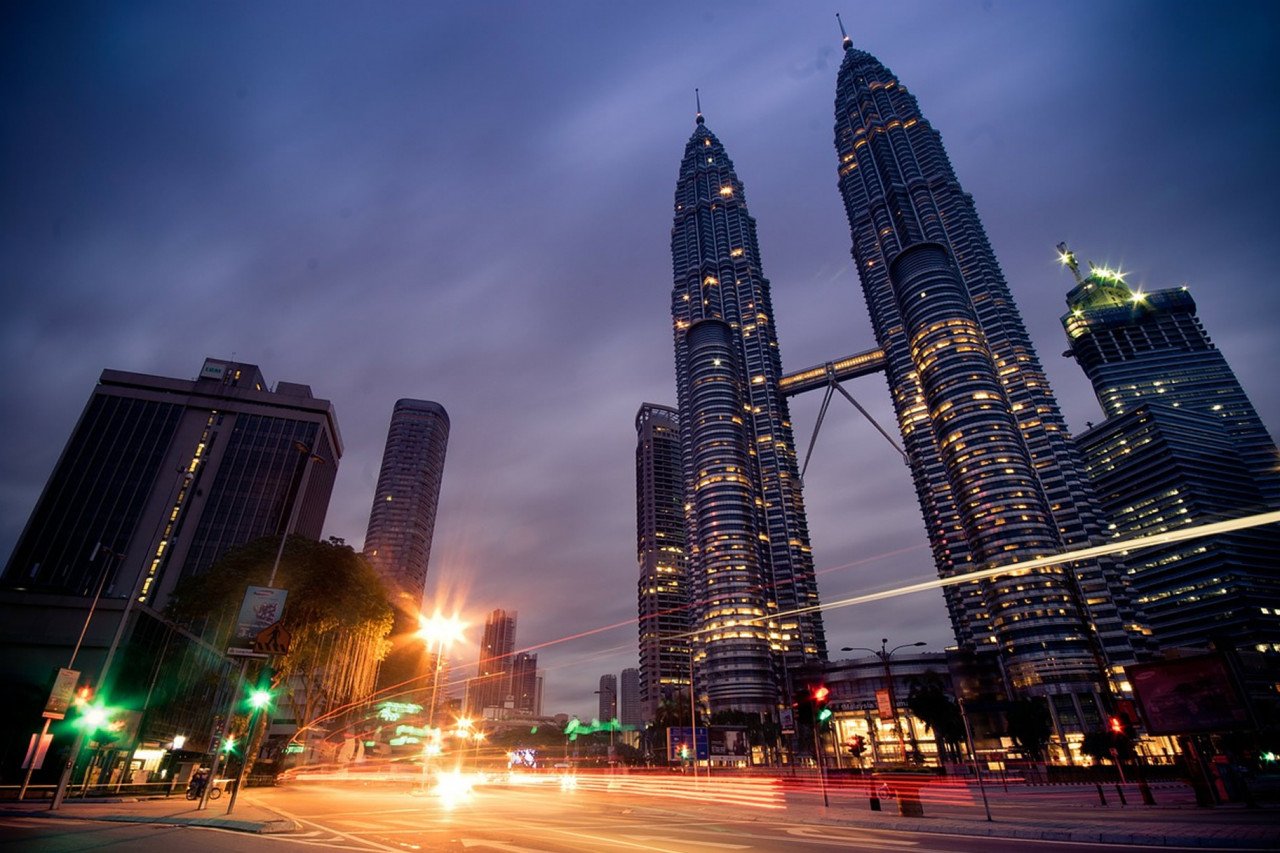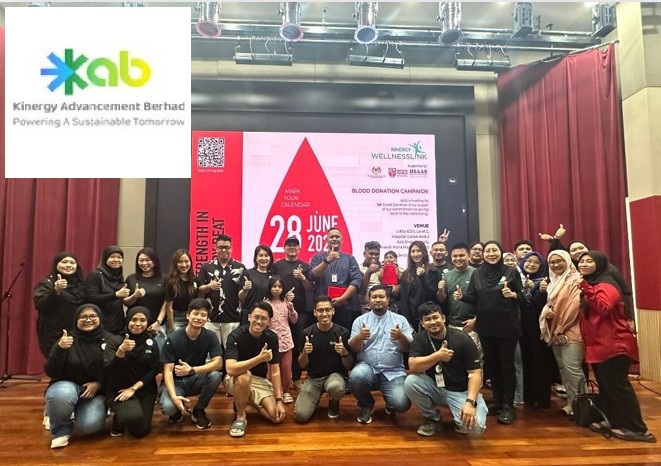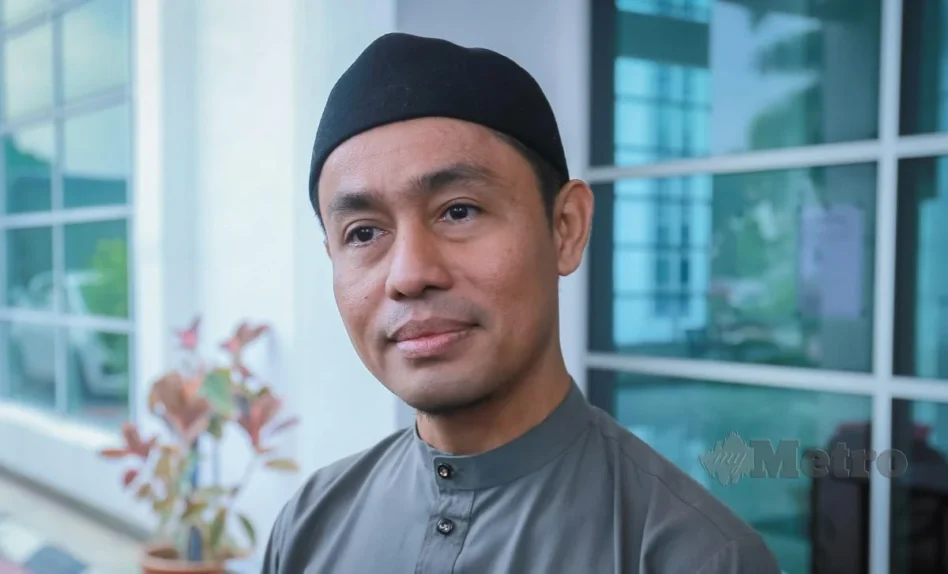AS this is my first published letter in 2022, may I take this opportunity to wish everyone a Happy New Year!
My gifts are not tangible, unlike Christmas presents that come nicely wrapped but are unceremoniously ripped open as recipients are eager to find out what is inside.
What I am giving out here are some of my original ideas. You may want to develop them because when applied, they could prevent thousands of road collisions, hundreds of injuries and save scores of lives in a year, benefitting many that may include you or your loved ones.
But first, let me start off with an idea that could possibly earn you a million dollars with minimal effort, regardless of whether you are in Malaysia, Singapore, Australia or the United States, where many of my family members and former classmates are scattered.
All you need to do is register a new brand name with logo and become the sole owner of the trademark.
You may then sell it to the first buyer or highest bidder. Those in marketing or in business are fully aware on the importance of a great brand name and easily recognisable logo.
Even popular brands would have achieved greater success if their names and logos are catchier.
While it may be unwise to make drastic changes now, those venturing into any new business in goods or services ought to spend a great deal of effort or money in picking the best choice.
My idea of a new brand name is “orange apple”. They appear to be just names of the two most common fruits.
But the image of a bitten apple is used as the logo by the largest information technology company by revenue and, since January 2021, the world’s most valuable company.
In my imagination, the logo for “orange apple” is in the shape of a full apple but with the skin and colour of an orange.
So, orange is the adjective and apple the noun. First time viewers will have a double take upon seeing the shape of an apple but looking like an orange.
Should you walk into an advertising agency commissioned to create a brand name and logo for a new product by a giant corporation, I would not be surprised if you walk out with a big fat cheque after successfully selling this “orange apple” brand name and logo. So, get moving!
Next is something that you can contribute to road safety around the world, and you can start with motor vehicle manufacturers.

Should you succeed with this idea, you will be handsomely rewarded. Just get them to install a cable connecting the horns to the headlights with a relay.
In this way, the very moment when a driver slams the horns pad, the headlights will flash automatically.
Why is this important? The horns may not be heard especially when raining, more so when the car stereo is turned on at full blast or passengers are watching on-board video.
But flashing lights could be seen even from afar and may make people realise that they are on a collision course with an oncoming vehicle.
A pedestrian would quickly sidestep, a cyclist swiftly turns away, or a driver swerves hard to steer his vehicle to avoid an impending collision.
In such instances, the difference between a collision and a near miss could be a split second.
It would be too late if the driver were to slam the horns first and then manually flash the headlights or vice versa. Also, a new world record could be set by just one hundredth of a second less.
Therefore, your noble mission is to get a new and very affordable safety feature added to motor vehicles that can avert countless accidents globally, save scores of lives, prevent hundreds of injuries and thousands of collisions that could cost millions of dollars in repair bills in a year.
The last idea for today is suitable for developing countries such as India and Malaysia and not needed in Australia and Singapore where the Highway Code is usually observed by road users that include motorists, motorcyclists, cyclists and pedestrians, with strict enforcements in place.
In 2003, I attended a road safety seminar that started with talks by top government officials and road safety experts, followed by group discussions.
Later, I was invited to make the first presentation and immediately after, I was cornered by a reporter eager to solicit my views.
The contents of my lengthy interview were published full page on December 14, 2003, in Berita Minggu, a broadsheet newspaper at that time.
Some of the key points in my presentation were also published in several English dailies.
I had called on the authorities to introduce ‘privatised massive surveillance’ to make our roads safer by appointing concessionaires that could hire, train and equip crews with video cameras to be stationed at strategic spots on city streets, roads and highways to record traffic offences.
These camera crews are to don bright uniforms and operate in full view of the public to deter motorists and motorcyclists from committing offences such as ignoring red lights, and to deter snatch thefts, as number plates and riders of motorcycles jumping red lights will be recorded.
Instead of spending millions of ringgit on static cameras that are not noticed by many, the various authorities do not have to spend a single sen on ‘privatised massive surveillance’, as concessionaires are to be paid based on evidence of traffic offences committed.
The Government would get to collect billions of ringgit in fines from stubborn motorists and recalcitrant motorcyclists, including those that do not stop at traffic lights or not wearing crash helmets.
But the Government was more interested to spend than save money or increase revenue.

In September 2012, the Automated Enforcement System (AES) was introduced. Shortly after its implementation, I pointed out the 14 AES cameras were each recording an average of 567 offences per day, and if all 830 cameras were to be installed as planned, they could collectively record a staggering 171,772,650 offences in a year!
It led to a public outcry. Although the AES was effective, there was no buy-in and the lopsided agreements were later terminated, with concessionaires compensated at taxpayers’ expense.
A new concessionaire was later appointed, but the shareholding was still tied to the two original concessionaires!
It appeared that the authorities were only interested in projects with big budgets or handing out permits, licences or concessions with high earning potential, and terminating them would require huge compensation by the government as dictated in lopsided agreements.
Over the last six years, I have advocated that millions of motorists on our roads be roped in to increase road safety by encouraging them to install high-definition dashboard cameras to record traffic offences and submitting them to enforcement agencies for action to be taken.
Nothing happened, but why? By now, your guess should be as good as mine.
However, it would be better for you to start working on the first idea of “orange apple”, then approach motor manufacturers to install an additional cable before getting politicians to weigh in on road safety.
No doubt the last idea would prove very unpopular with our people that are more used to indiscipline than complying with regulations.
But as long as large number of road users do not respect the Highway Code, our country will remain a backward third world country with citizens expressing false pride.
‘Broken windows’ is a theory that any visible sign of crime and unruly behaviour such as vandalism and rampant traffic offences create an environment that promotes even more crime and public disorder.
But if leaders are determined to have ‘broken windows’ fixed, then our nation will surely be heading towards unparalleled success.
That would be the greatest gift for everyone in this country.
But do we have to wait indefinitely, or forever? – Jan 3, 2022
YS Chan is Asean Tourism Master Trainer for travel agencies, master trainer for Travel & Tours Enhancement Course and Mesra Malaysia. He is also a tourism and transport industry consultant and writer.
The views expressed are solely of the author and do not necessarily reflect those of Focus Malaysia.









